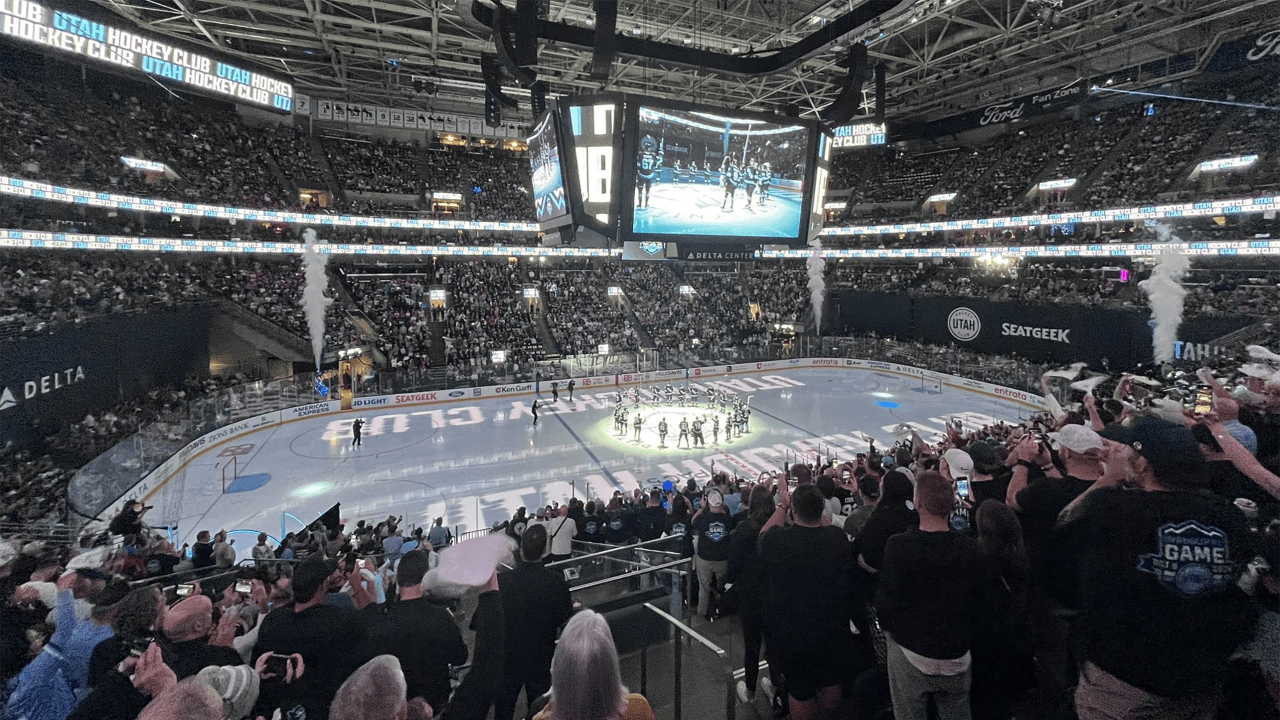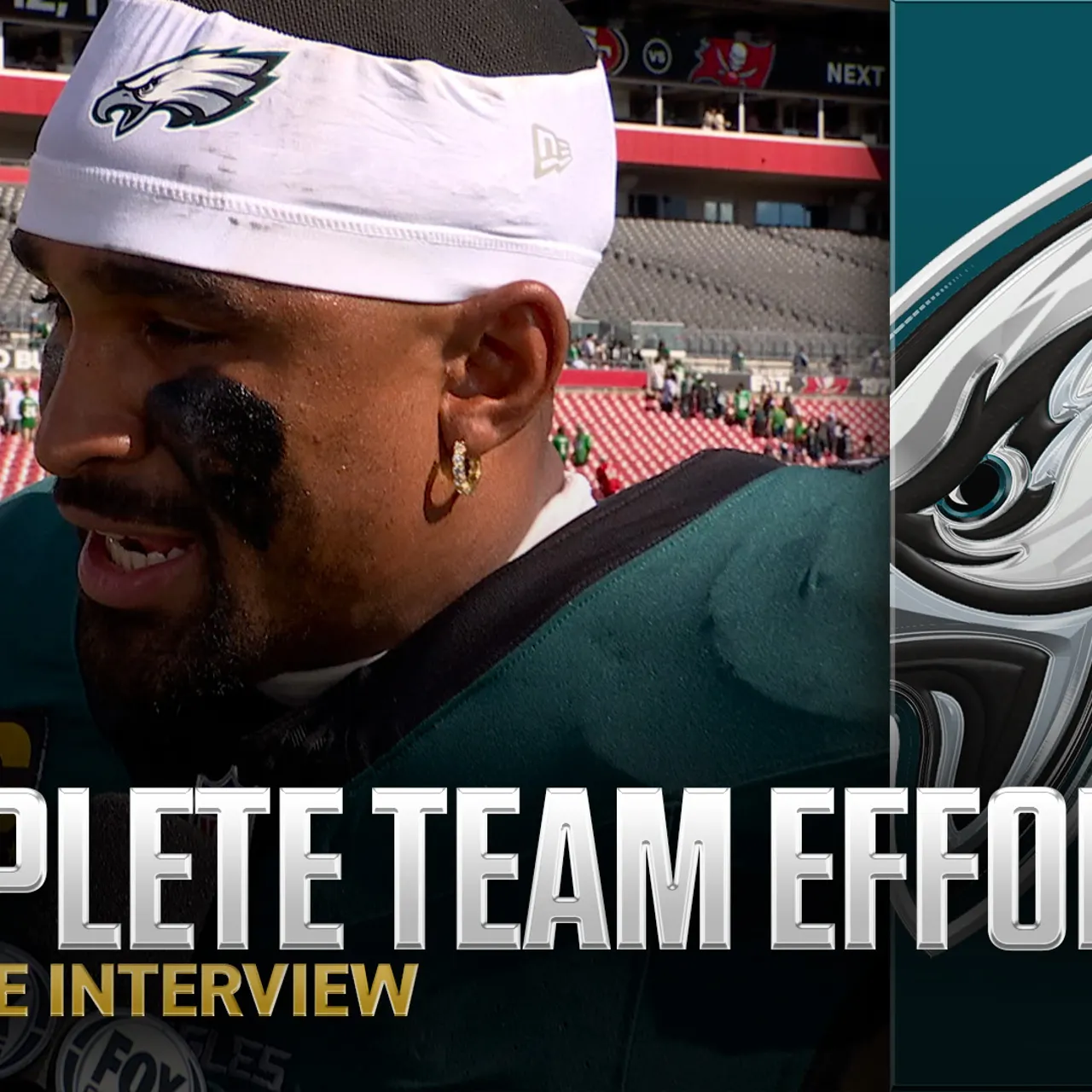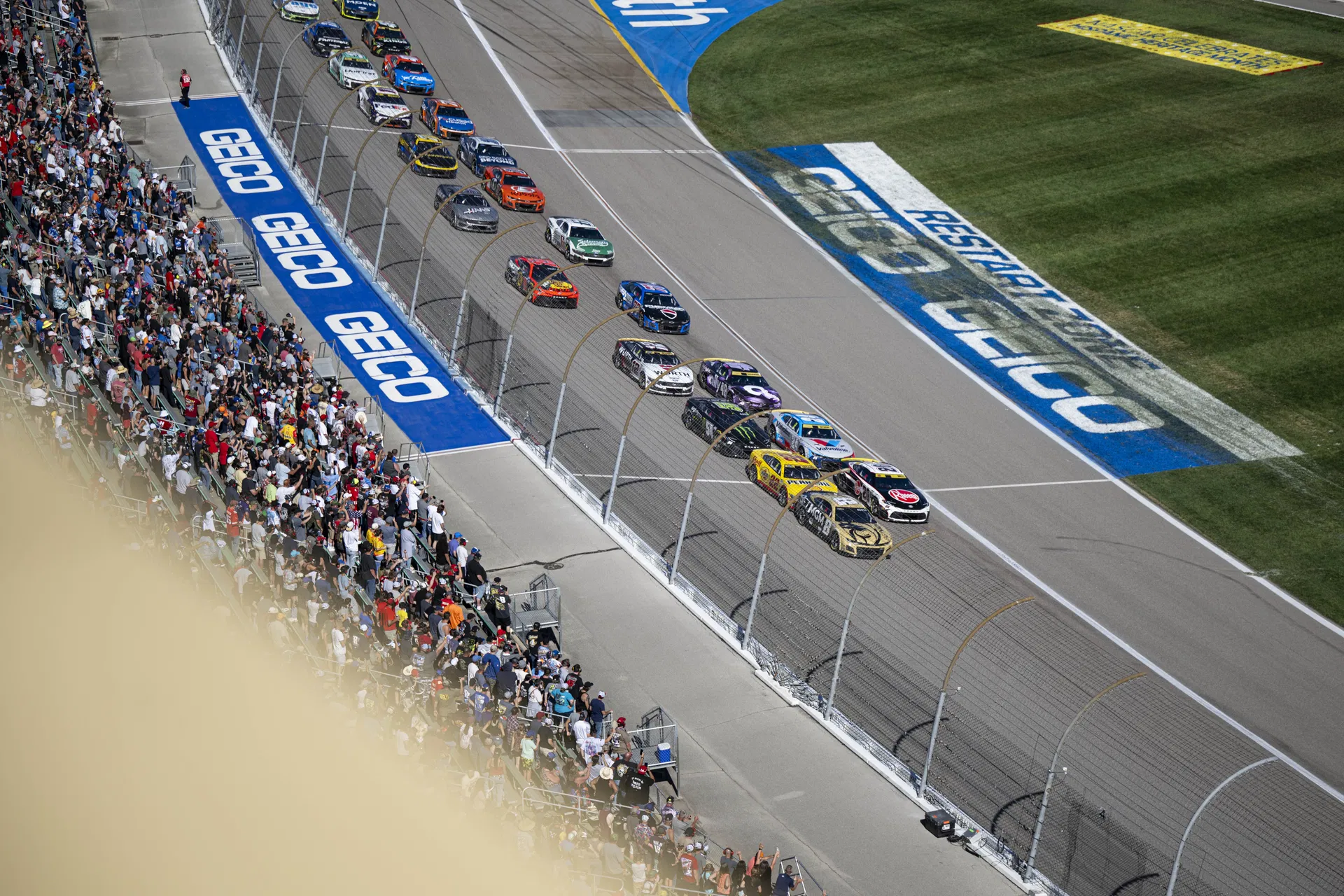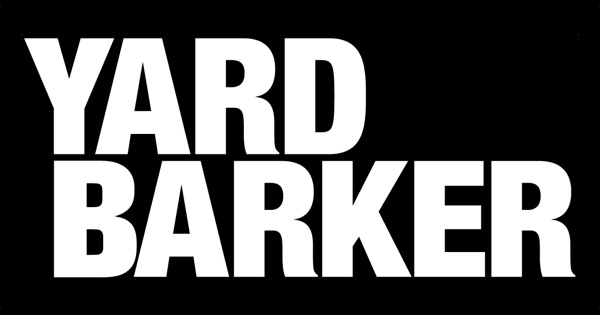
SALT LAKE CITY — It was only a preseason game, but it was a notable moment.
This was the first time the Utah Mammoth logo charged across center ice at Delta Center, the first time players wore Mammoth uniforms in the arena, the first time fans could buy Mammoth jerseys in the team store, the first time fans could sit in new, steep end-zone seats that could make this one of the craziest venues in the NHL.
Tyler Wahlberg wore a new No. 92 Logan Cooley jersey in Row 9 of Section 13, behind the net where center Kevin Stenlund scored to give the Mammoth a 1-0 lead against the Los Angeles Kings at 15:12 of the first period Thursday night. He had a great view of the goal in seats that didn’t exist six months ago.
He had a great view of the seats’ installation too.
“Oh, dude, we’re excited,” he said. “My company’s worked on this thing all summer long, so I’ve been here. I’ve been able to see all the construction. Yeah, it’s been a lot of anticipation for what’s happening tonight.”
There is still a lot of work to do, but the progress is stunning.
“It’s already a miracle what they did in such a short time,” Utah coach Andre Tourigny said as a power tool buzzed in the background at Delta Center on Thursday morning. “I’m impressed about everything that has been done so far. It’s pretty good.”
* * * * *
The groundbreaking ceremony for the permanent practice facility was Aug. 12, 2024. The facility opened to the team for informal skates Sept. 8 and for training camp Sept. 18.
In about 13 months, workers transformed a former Macy’s at The Shops at South Town in the suburb of Sandy, Utah, into a two-sheet, 146,000-square-foot model home for hockey. They’re still finishing the public areas, which will open in early 2026 with a lobby, team store, concessions, skate rental and locker rooms.
“A year ago, I was putting a shovel in the ground, and my hair was blowing all over in the middle of the parking lot, and here we are,” Utah general manager Bill Armstrong said. “It’s incredible how fast they’ve been able to accomplish this and do it in such a great way.”
Utah officials toured facilities around the NHL and other sports leagues, taking the best ideas and adding their own touches.
There are spacious locker, training, equipment and meeting rooms, of course. There is natural light in the rinks, and there are glass walls and collaborative spaces in the offices. The flow creates what Tourigny calls “constant collisions,” people naturally running into each other, coming together.
But that’s just the beginning.
“It’s crazy nice,” Utah forward Dylan Guenther said. “I don’t feel like there’s a lot of other teams that have the resources that we do.”
There is a recovery lounge, including massage chairs, an infrared bed and a sensory deprivation room. There is a hydrotherapy area, including a pool with reverse currents and an underwater treadmill. Guenther said he has used it — not for rehab, just to try it out. Apparently, the guys, being guys, have had swim meets.
“It’s a healthy competition to see who can swim against the strongest current,” Utah president of hockey operations Chris Armstrong said with a smile.
The weight room alone is 8,000 square feet. It’s so big, Chris Armstrong said, a player asked, “What other team are we sharing this with?” It has a strip of black artificial turf long enough to run 40-yard dashes.
Just off the weight room is a barber shop. That’s right. A barber shop. There are two barber chairs, and the team will bring in a barber a couple of days a week.
“I was visiting another team, and they had one in their facility, and it was just another great point of camaraderie,” Chris Armstrong said. “You’ve got a guy in the chair, a couple guys waiting, a couple guys in the doorway, and they’re shooting the [bull]. Hey, this is another congregating point, another reason to stay here longer and be more invested in what we’re all doing.”
The 82-game season is a grind, and the team spends a lot of time on the road.
“We want to optimize every minute that guys have when they are at home and allow them to not have to schedule all these other things around the limited time we’re here,” Chris Armstrong said. “The off days are very few and far between. We’re just trying to put these kinds of conveniences at their fingertips to make their lives more efficient.”
The players’ lounge looks more HGTV than ESPN or TNT — warm hues, hardwood floors, area rug, comfy sectional, plush chairs, plants, books. There is a ping-pong table, and there is long wooden dining table that stretches toward the kitchen, so players can sit together and enjoy what chefs have prepared especially for them.
“We’re in this state-of-the-art, high-performance facility, but the elements where the players aren’t training and recovering feel like a residential environment,” Chris Armstrong said. “The idea is that this feels like an extension of their homes and a place that they want to spend time, even when they don’t have to.”
Mammoth logos are everywhere, and many are, well, mammoth. One incorporates hockey netting in the lettering like a piece of art.
No excuses. Not anymore.
“We’ve talked about how we expect to win,” said captain Clayton Keller, in his second season in Utah after eight in Arizona. “They’ve given us everything we need to succeed and have no distractions. It’s great to have those expectations. That’s what we want.”
* * * * *
Delta Center has gone through multiple renovations since opening in 1991. When the NHL arrived 18 months ago, the building was designed for basketball and had one of the best atmospheres in the NBA. The Smiths wanted to keep that while creating one of the best atmospheres in the NHL.
It wasn’t going to be easy.
There wasn’t enough space in the lower bowl, so most of the end-zone seats had to be retracted for hockey, and many end-zone seats in the upper bowl had a view of only one goal. Delta Center had 11,131 unobstructed seats for hockey in Utah’s inaugural season.
SEG built infrastructure including the NHL locker rooms in the summer of 2024 and planned for the next phase during the 2024-25 season. The Jazz finished their schedule April 13. The Utah Hockey Club finished its schedule April 15. The next day, demolition began. SEG blew out both end zones and worked from the ground up.
“We literally were removing weight-bearing walls that were helping hold up the arena, but we had to remove all of those so that we could create a whole new seating structure,” said Jim Olson, an SEG executive overseeing facilities projects. “We had to build new weight-bearing walls, put in new footings to hold up these walls and then get a seating system that would get us all the seats with sightlines we needed.”
SEG raised the arena floor two feet to improve sightlines, and it installed a new ice floor and four large dehumidifiers to improve the NHL surface.
The innovation was developing triple-scissor risers that go up and down as well as in and out so they can be configured uniquely for hockey, basketball and concerts. Most risers are about six feet tall. These can go up 12 feet. For hockey, the angle of the end-zone rake is 36 degrees.
In other words, especially steep.
“Our fans are very passionate,” Olson said. “Being right on top of the ice, we think it’s going to give us a great home-ice advantage.”
Players noticed during the morning skate Thursday. Guenther compared Delta Center to Bell Centre, home of the Montreal Canadiens.
“It’s super steep, and the fans are right there,” Guenther said. “I think we’re going to have that same kind of feeling. I mean, they’re really loud, so I’m excited to see how it turns out.”
Olson said the time pressure was incredible, because there was no room for error with the first preseason hockey game scheduled for Oct. 2.
“Our schedule for the work that took place this summer literally was scheduled out by the hour — day by day, hour by hour — and what work needed to be completed during all those phases,” Olson said. “And I will tell you, throughout the whole summer, we were on schedule.”
Delta Center now has 12,478 unobstructed seats for hockey, including the entire lower bowl. SEG will renovate one end zone in the upper bowl next summer and the other the summer after that. In the end, the number of unobstructed seats for hockey will reach about 17,000.
“I think once they finish the whole project, it’s going to be top notch,” Utah forward Lawson Crouse said. “I mean, it already is for what they’ve done in the timeframe that they’ve had.”
* * * * *
The team unveiled its permanent brand identity May 7 after a 13-month process that included four rounds of surveys and more than 850,000 votes. Mammoth was the fans’ clear favorite in the final round of voting, honoring an animal that lived in Utah during the last Ice Age about 10,000 years ago.
Brothers Jason and Johnny Harward arrived at the arena at 4 a.m. MT on Thursday to be first in line when the Mammoth jerseys debuted in the team store.
Why?
“Why not?” Johnny said, smiling and wearing a new No. 70 Karel Vejmelka Mammoth jersey.
“Just for fun,” Jason said. “It’s been awesome.”
Brock Roberts was in line by 5:50 a.m. MT.
“Last year, when the (inaugural) jerseys went on sale, I only got here 10, 15 minutes early, and the line was all the way down the block, so I was like, ‘I’m not risking it again,'” Roberts said, wearing a new Cooley jersey. “I just wanted to make sure.”
When the doors opened at 10 a.m. MT, the fans stampeded. You could see many new jerseys in the crowd at the game Thursday, and you know there will be many more at the regular-season home opener against the San Jose Sharks on Oct. 17 (9 p.m. ET; ESPN+, HULU).
“Seeing when all this was blown out and a big hole and what’s come together in the last month is crazy,” said Wahlberg, the construction worker wearing his new jersey in the new end-zone seats. “It’s pretty amazing. These are incredible seats. It’s going to be crazy. Oh, so loud. I can’t wait to see the season opener.”
NHL.com Senior Writer Dan Rosen contributed to this report



